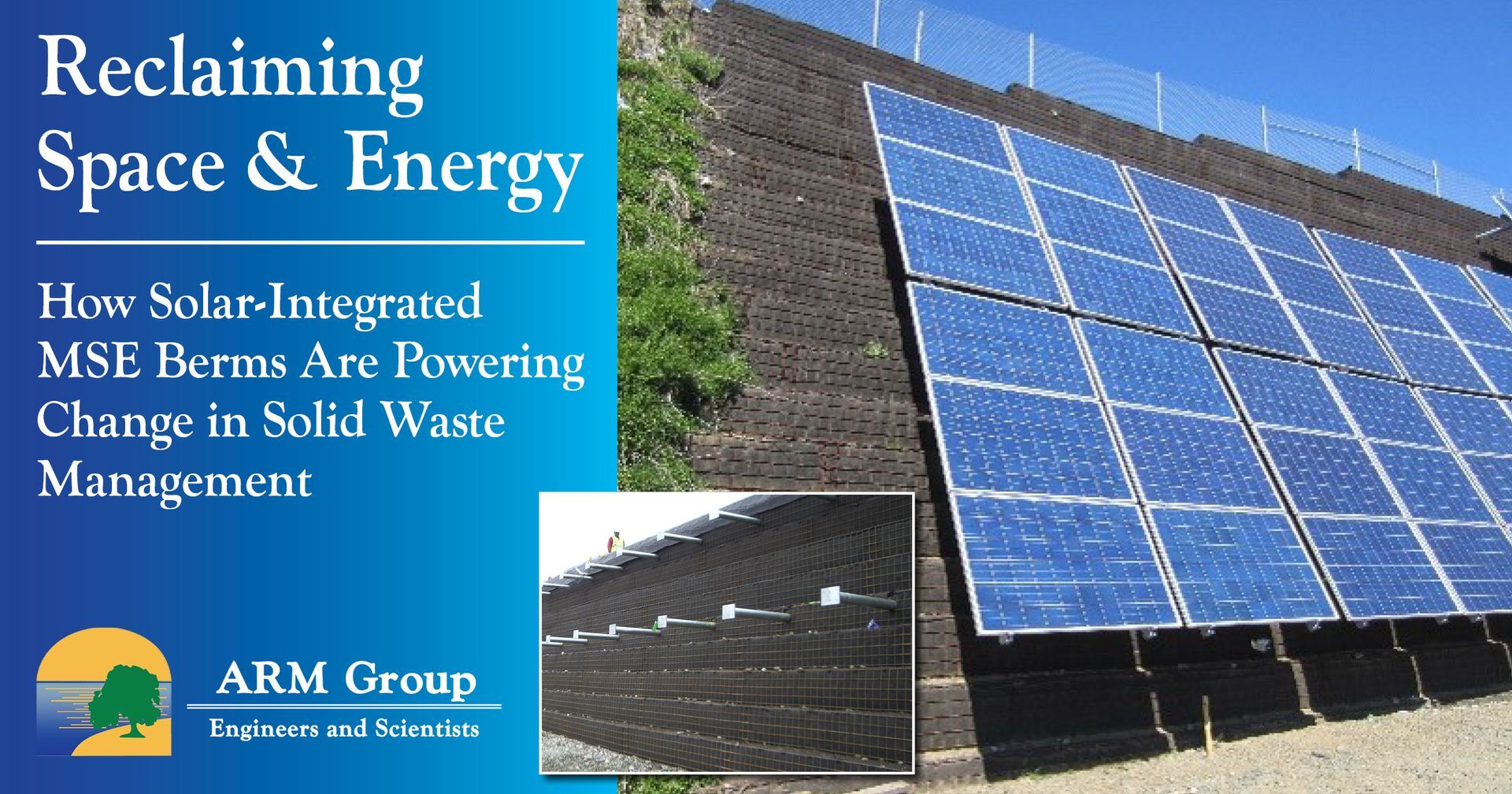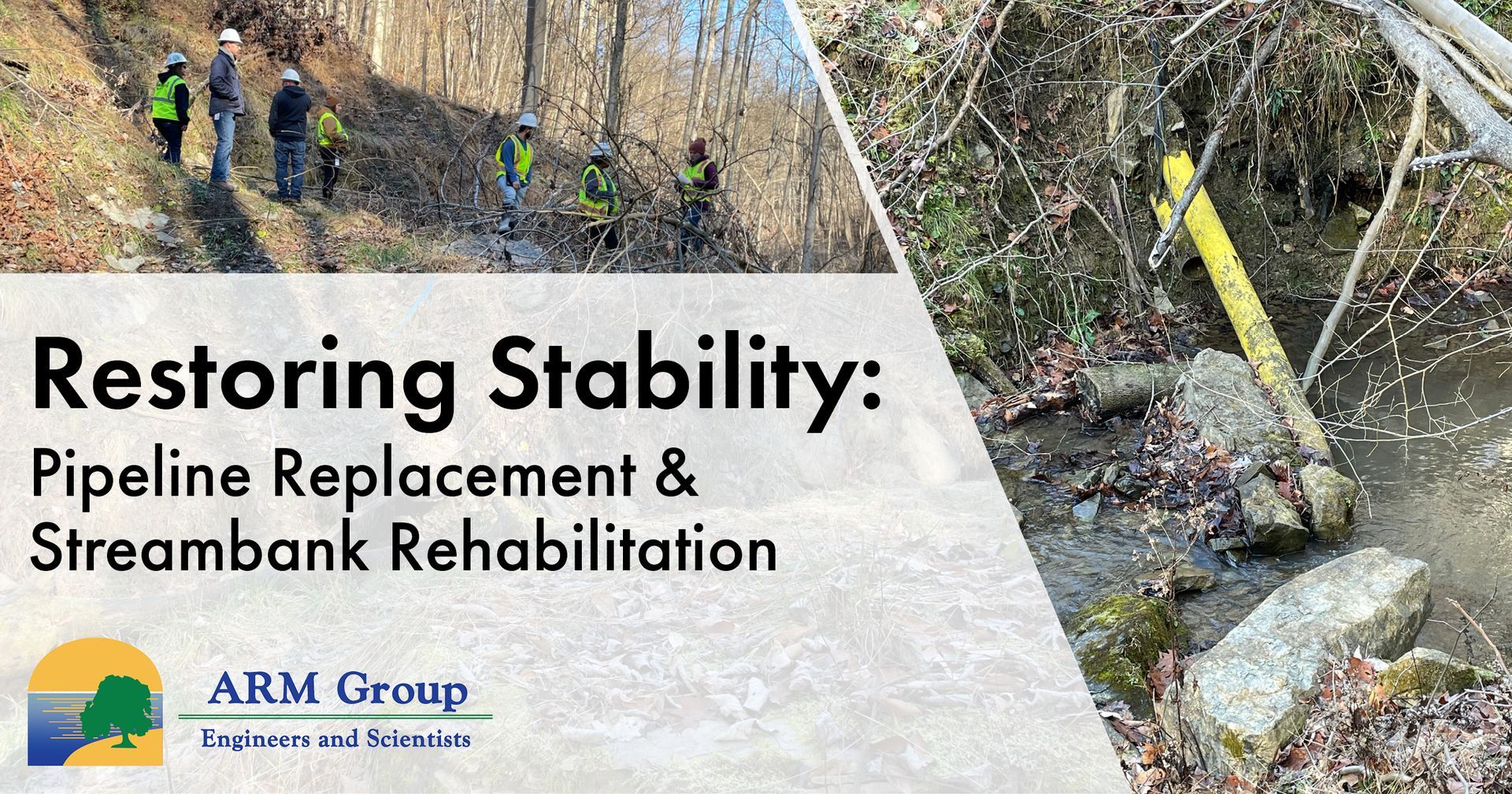ARM Brief’s State Legislators on Sinkholes in Wake of Recent Street Collapse in Uptown Harrisburg.
www.pennlive.com
The Fourth Street collapse focused attention on the many surface depressions and holes which exist on Harrisburg Streets. Approximately 40 such depressions and holes are covered by steel plates that have been placed on City streets until repair funds are available. Many of these problems are the result of soil losses into broken utility lines; the water-bearing pipes in Harrisburg, as well as many other Pennsylvania communities, are typically over 50 years old, and in some cases over 100 years old. Beyond simply repairing sinkholes after they occur, the City of Harrisburg and state legislators are interested in exploring ways to evaluate the potential for future sinkhole activity, particularly in areas where very old utility lines are still in service.
Mr. Masland spoke to the legislators about the causes of sinkholes, and the common conditions that promote their development. In addition to naturally occurring sinkholes that result from soil losses into cavities within underlying limestone bedrock, sinkholes can also occur when soil is washed into sewer lines or similar conduits. Holes in broken or corroded pipes; or holes created by open joints between pipe segments; can allow enough soil to enter the pipes and be transported by the flowing water within to eventually result in a surface collapse. The older the piping, the more susceptible it typically is to such problems, and cities with very old utility systems often experience surface collapse that are more related to aging infrastructure than to the underlying geology. Mr. Masland also spoke to the legislators about the importance of identifying and correcting the root cause of a sinkhole during the repair process, and the importance of proper backfilling and compaction as repairs are made.











